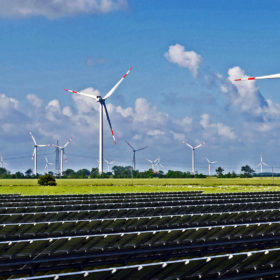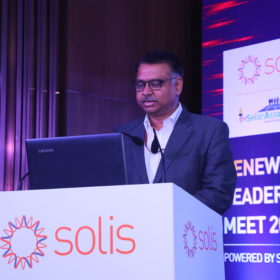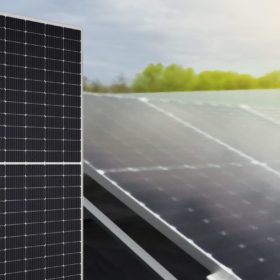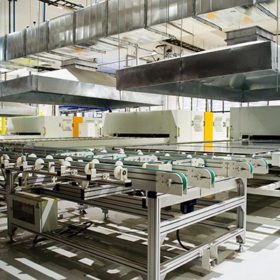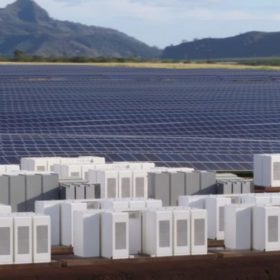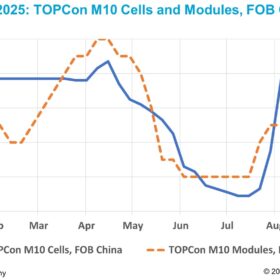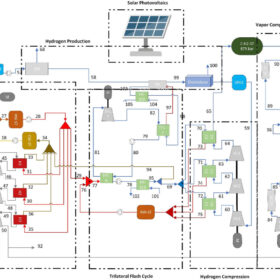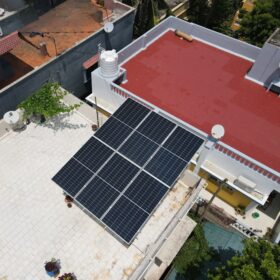Renewable energy auctions not in tandem with government targets
India tendered only about 28 GW of variable renewable energy capacity in 2022, as against 40 GW in 2019. The nation needs to add 30-35 GW of new VRE capacity annually to reach its climate targets by 2030 and that requires more than 35 GW of annual tendering.
Indian renewable energy sector recorded $14.5 billion investment in FY2021-22
The investment needs to more than double to $30-$40 billion annually for India to reach the 2030 renewables target of 450 GW.
India’s race to 175 GW renewables slowed by performance of key States
A new report finds Andhra Pradesh, Madhya Pradesh, Maharashtra, Tamil Nadu, and Uttar Pradesh account for two-thirds of India’s 65 GW shortfall on 175 GW renewable energy target as of March 2022.
“450 GW by 2030 renewable energy target ambitious but achievable”
At the Renewable Leadership Summit 2021 held recently in New Delhi, Dinesh Jagdale, joint secretary, Ministry of New and Renewable Energy, also asserted the ministry is working on addressing stakeholders’ concerns to ensure the investments keep flowing into RE capacity expansion and equipment manufacturing. The Summit, organized by Solar Association, also saw Solis launch its new-generation PV plant monitoring platform and off-grid hybrid inverters.
Most significant roadblocks to India’s solar energy goals
India needs to install an average of 25 GW solar capacity every year to reach its renewable energy target of ‘450 GW by 2030’ with over 60% (280 GW) from solar. The nation must build enough manufacturing capacity back home to be ready on the supply side to support the new installations.
PLI Scheme will help India emerge as clean-tech factory of the world
The Production-Linked Incentive (PLI) scheme in batteries and solar will help India graduate from a passive recipient to an active driver in the global clean-tech story.
States must plan now for utility-scale battery storage
A new report says the Indian States must develop plans to incentivize investments into the deployment of utility-scale battery storage—just as they did for solar.
‘Solar could supply half of a new 600 GW clean energy ambition’
U.S.-based researchers have modeled the costs of achieving 200 GW, 400 GW and 600 GW of renewables capacity in India this decade and concluded PV should supply no more than half of the generation facilities and policymakers should shift their focus to wind power.
Novel financing model gives competitive advantage to international renewable energy players
India Ratings says innovative measures to mitigate financing risks, optimize financing costs, and reduced currency risks leading to higher equity returns and better coverages provide international renewable energy players an edge over domestic peers.
Prime Minister Narendra Modi unveils 45 MW monocrystalline solar panel plant at PDPU
The solar panel production line at Pandit Deendayal Petroleum University’s campus in Gujarat will demonstrate the process of cell-to-panel integration, lamination and EL testing.

